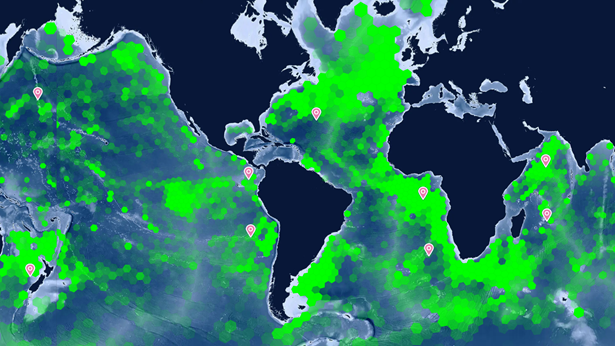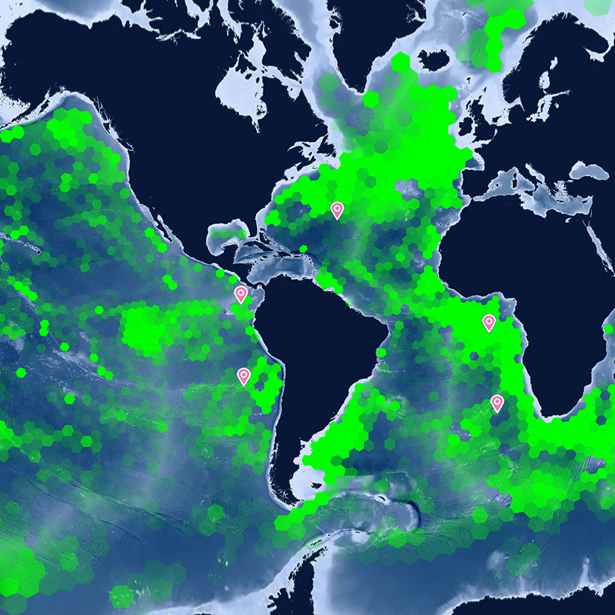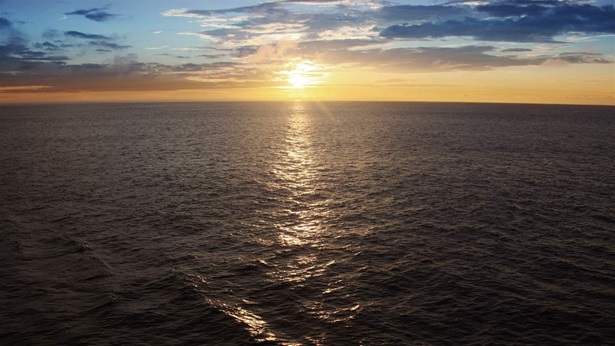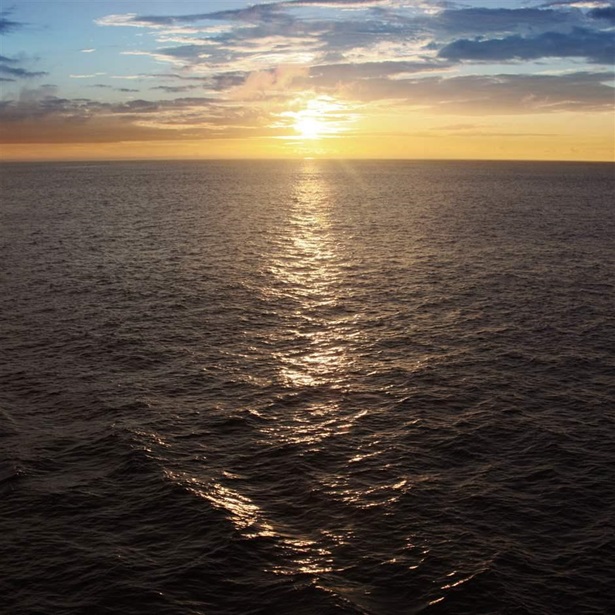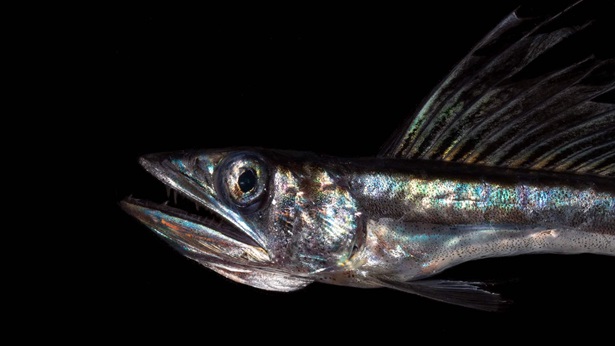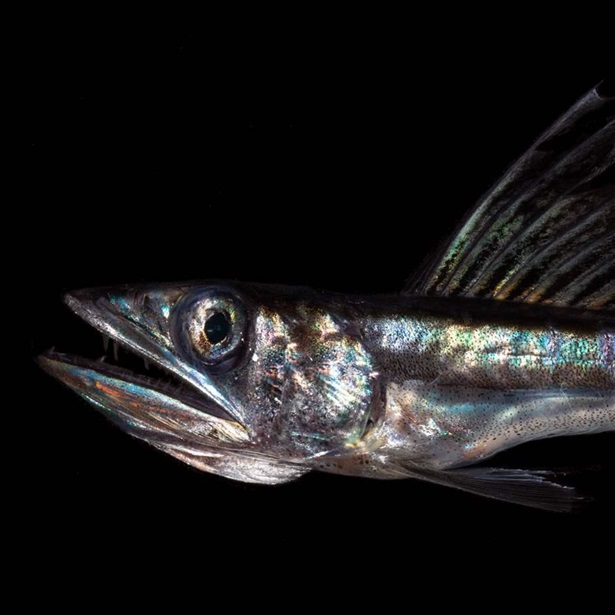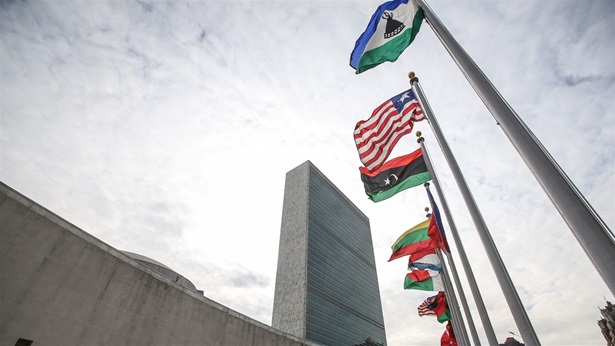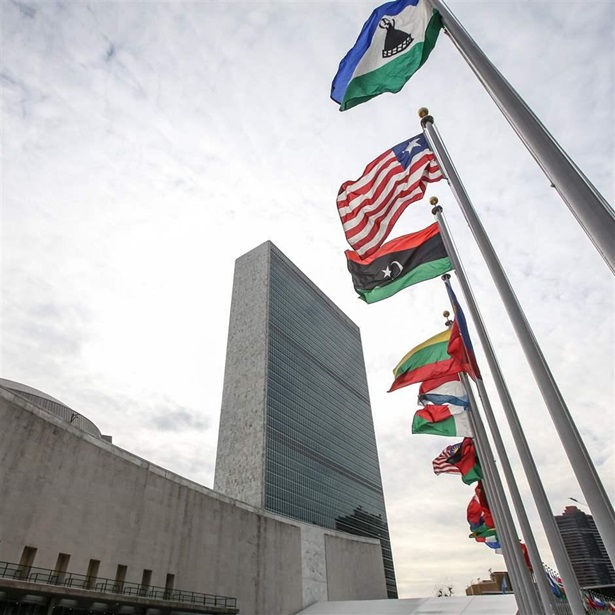The high seas make up about two-thirds of the world’s ocean, covering the vast expanses beyond the jurisdiction of any country.
Research has shown that the high seas hold some of the largest reservoirs of biodiversity on Earth, supporting abundant fisheries, providing migratory routes for whales and sharks and harboring remarkable ecosystems such as deep-water corals and other majestic marine life.
In June 2023, with extensive support from Pew, the United Nations adopted a new treaty establishing a legal framework to create a network of high seas marine protected areas—the equivalent of international parks at sea—and put in place standards, guidelines and a consistent process for assessing the environmental impacts of new high seas activities.
To help ensure that the ocean continues to provide ecosystem services and maintain resilience against threats such as climate change and overfishing, Pew is working in partnership with governments, scientists, regional and other bodies, and other key stakeholder groups to enable the rapid and effective implementation of the treaty once it enters into force. Pew’s focus in this collaborative effort is on establishing a path towards the creation of the first generation of high seas marine protected areas by 2030.
